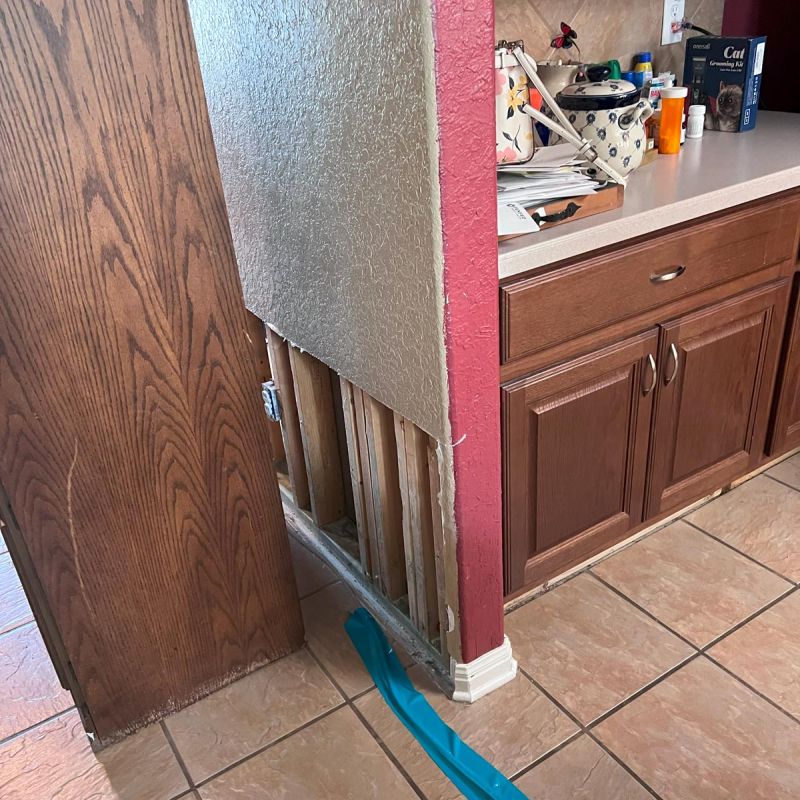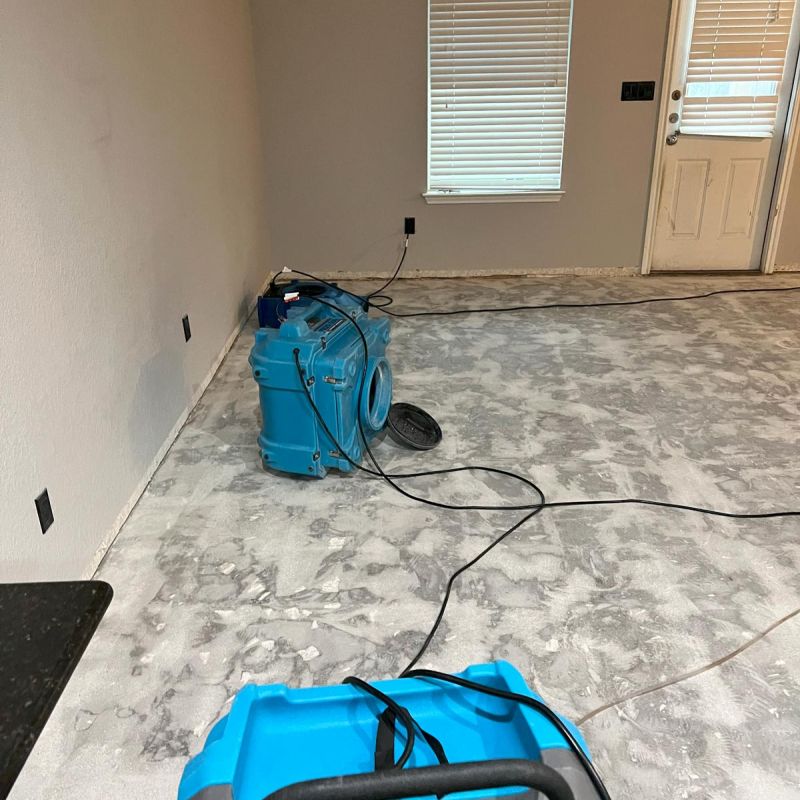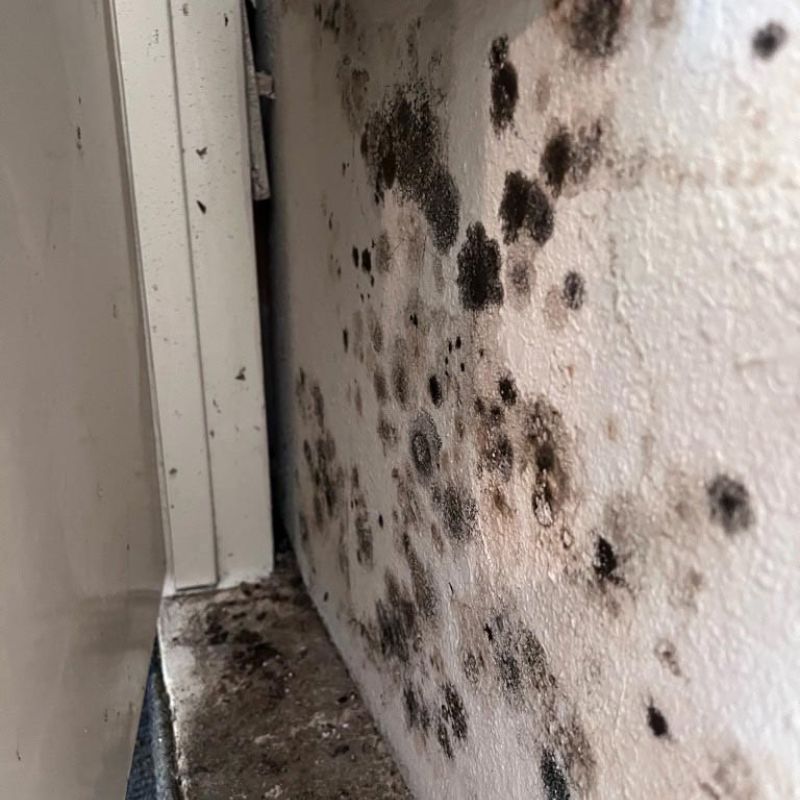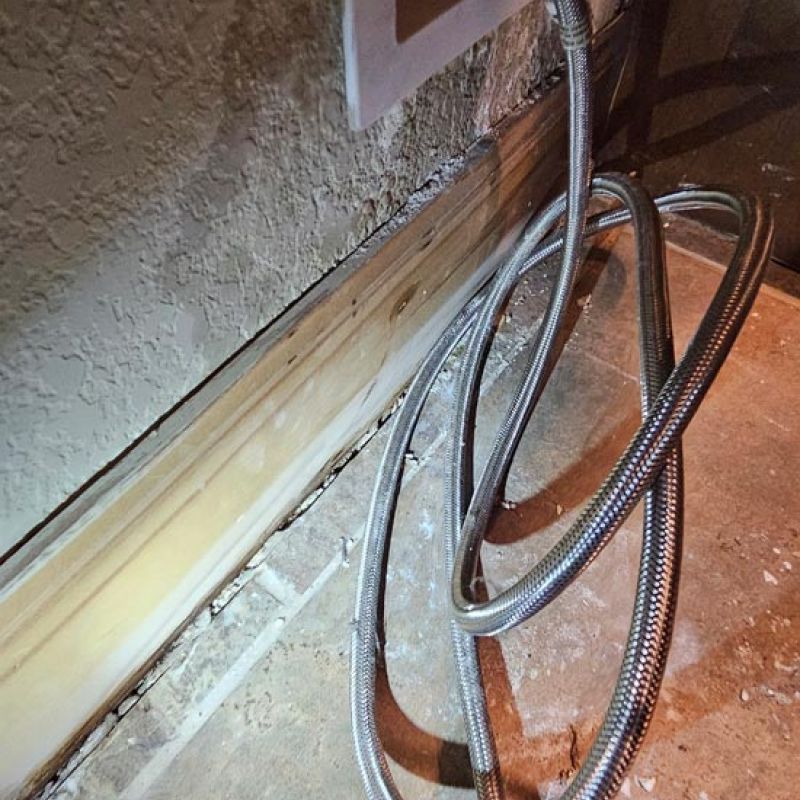Our Services
Water Mitigation
We work with Residential AND Commercial properties!
Our licensed experts provide fast and thorough water mitigation and restoration services San Antonio for homes and businesses.
Types of water damage we work with:
-
Leaking Pipes
-
Air Conditioner Leaks
-
Sewer Backs
-
Leaking Roofs
-
Broken Shower/Tub Seals
-
Dishwasher Overflow
-
Frozen Pipes
-
Hurricane/Storm Flooding
Disaster Reconstruction
We also remodel and renovate kitchens, bathrooms and new cabinets!
We not only dry out your home, we will also restore it back to a better condition than it was before!
Mold Inspection
Worried about mold in your home or business? Unsure if a previous mitigation company completed the job correctly? Or perhaps your landlord neglected water damage issues? Our Texas State-licensed Mold Assessment Consultants are ready to assist. For as little as $579.25, you’ll receive a thorough property assessment, certified lab results, and a detailed report to confidently address your concerns. If you’re concerned about potential mold exposure or want to learn more, the EPA’s Mold Basics guide offers helpful information on identifying, preventing, and dealing with indoor mold growth. Schedule your consultation today for peace of mind!
Fire Restoration
We are IICRC certified to handle any fire project. We have special knowledge and expertise in working alongside your insurance company and the Fire Marshal to ensure your home or business is put back together safely. No fire project is too big or too small.
Lead Testing
The dangers of lead, particularly in paint and gasoline, were recognized after studies were conducted in the 50s and 60s. Restrictions on lead usage started in the late 1960s, and in 1971 the Lead-Based Paint Poisoning Prevention Act was enacted at the federal level to reduce lead use. By 1978, a full ban on lead paints was enacted. This ban applied in the USA, but not in other countries that export to us.
Asbestos Testing
Asbestos is a naturally occurring silicate mineral that has been forming in the Earth’s crust for millions of years. It is also referred to as the “Silent Killer”. Once inhaled it remains in the lungs and causes irreversible damage. It is non-biodegradable and is virtually indestructible – it remains in the environment indefinitely.
There are no safe asbestos level according to WHO, and there is a 10-20 year latency period for symptoms to arise.
While lead is now largely banned in products like paint, gasoline, and water systems in the U.S., asbestos has never been fully banned. It is still legal for limited uses, such as in some construction materials and industrial applications, though its use has dramatically declined.
The U.S. Court of Appeals for the Fifth Circuit partially overturned the EPA’s Asbestos Ban and Phase-Out Rule in 1991. This ruling significantly limited the extent of the ban originally issued by the Environmental Protection Agency (EPA) in 1989 under the Toxic Substances Control Act (TSCA).
























































































